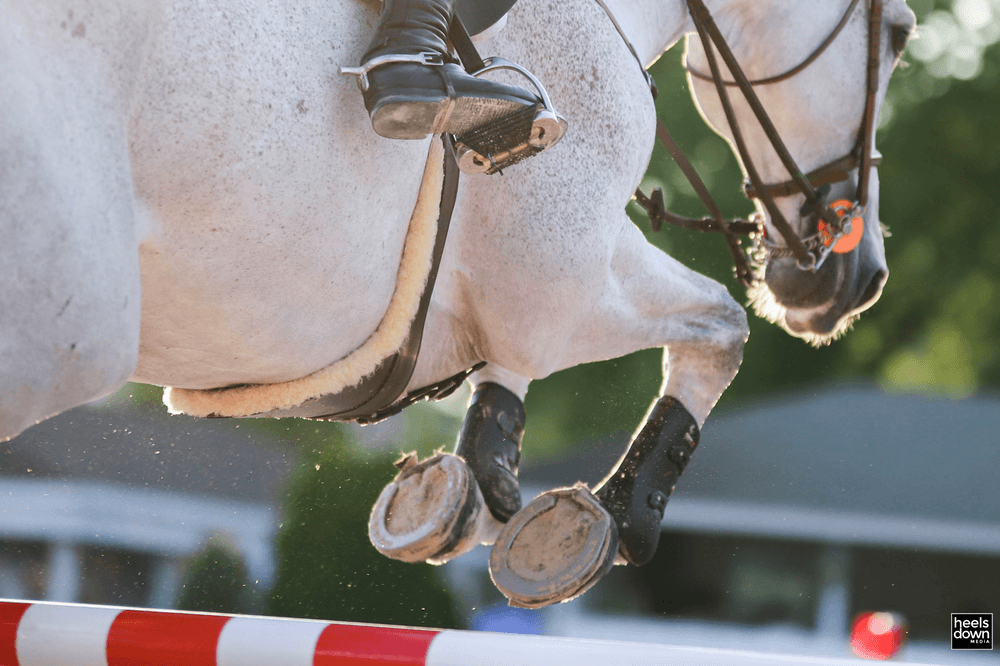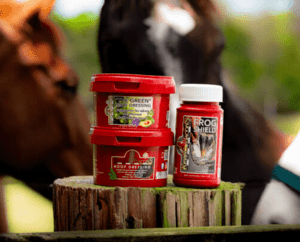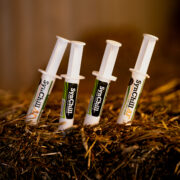What You Need To Know About The Horse Protection Act

Maybe you’ve heard of the Horse Protection Act, or maybe you haven’t. It’s an American law set to be updated with new rules that was initially intended to go into effect on Feb. 1, 2025.
This federal law made headlines when lawmakers ruled to update it, as it prohibits the practice of “sored” horses from participating in competitions, sales or auctions, according to the U.S. Department of Agriculture. It also prohibits these horses from being transported to events.
“Soring” is a practice not seen in the Olympic equestrian disciplines, but in more breed-specifc and gaited horse shows. It involves the use of chemicals, pressure and other devices which causes pain to a horse’s front legs and hooves, causing them to exaggerate their gaits and offer more dramatic movement. The goal is to make the horse raise its front feet higher and faster than it would naturally.
It goes without saying that this is a cruel and inhuman process. Nevertheless, Tennessee Walking Horses and other racking breeds have been forced to experience this kind of treatment for years. But the HPA law applies to all breeds.
You may have seen TikToks and other social media videos recently warning that this new law will affect competition horses beyond the racking horse spectrum. These videos criticize the “vagueness” of the update on the law and concern about granting the government the authority to police competition riding across disciplines. It is true that the law applies to all breeds.
But implementation of the new rules has now been delayed until the spring.
Here are the amended rules that will go into effect on April 2: (You can read the language of the update here)
- All horse show and event managers must provide the Department of Agriculture’s Animal & Plant Health Inspection Service notice of an event at least 30 days in advance via mail or email.
- Managers must provide updates from any event 15 days in advance.
- And officials must report any violations of the Horse Protection Act within five days post-event.
While most of these updates are administrative in nature, it is important to note that the USDA defines a horse show as a “public displace of any horses in competition except where speed is the prime factor, rodeo events, parades or trail rides,” according to the American Horse Council, which has asked the USDA to delay implementing the new law. Eventing and show jumping would not be covered by the HPA. But dressage, hunter, equitation and flat classes would.
“To date, the USDA-APHIS has still not addressed big-picture, fundamental concerns on how the regulation applies to certain disciplines, or how event managers will submit the required notifications and reports, and it has not disclosed details on the availability and training of inspectors,” reads a horse council press release. “Inspector training needs to be institutionalized with comprehensive and well-structured training materials to ensure staff interpretations of the regulation are guided by clear definitions and standard operating procedures, removing subjectivity and providing continuity of enforcement standards and procedures…
Without answers to these questions, the equine community is attempting to figure it out on our own. We are left with crossing our fingers and hoping our inventory of horseshoes will be our lucky charms to avoid noncompliance or a violation and result in penalties and fines.”
Horse owners are expected to keep their horses legs and hooves free of “bilateral granulomas, other bilateral pathological evidence of inflammation, irritation, moisture, edema, other bilateral evidence of abuse indicative of soring including, but not limited to, excessive loss of hair,” or otherwise can face elimination from competition, the USDA language states.
U.S. Equestrian officials have been working with the Humane Society of the United States to stay up to date on the new rules, according to a press release. Senior Director of Equine Protection, Keith Dane, gave an update on the HPA at the USEF 2024 Annual Meeting and offered this helpful overview on the changes in the requirements.
The USDA is responsible for training inspectors who will be licensed veterinarians or officials with equine experience in a government agency, the horse council said. They will perform inspections at events. Historically, the USDA has inspected less than 50 events in a year.
Owners can be eliminated from competition, face fines of up to $5,000 and imprisonment for violations, according to the USDA. But don’t worry too much, officials say. While horses can experience abrasions and edema on their legs and near the hooves from a variety of causes, the likelihood that these new rules meant to protect against soring, will have a great impact or be strictly or overly enforced among the dressage, hunter/jumper or eventing communities is slim.
For more information about the Horse Protection Act, visit the USDA APHIS website.


